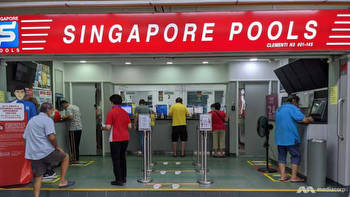Survey: 10% of Gamstop users gambled with unlicensed sites

The survey of 1,703 Gamstop users included 1,576 respondents who had an active exclusion in place.
Of the 1,703 respondents, the vast majority – 1,231 – said that they were now not gambling at all, while 471 said they were still gambling in some way.
Of those who still gambled, the majority either did so in person or used sites that were not licensed to operate in Great Britain, options where Gamstop is not available.
The report noted that the number of people who did use UK sites, at more than 200, was still greater than the total who didn’t have an active exclusion in place, and said this may be due to certain workarounds.
“We note from our interviews that it is not a safe assumption that those who are continuing to
gamble using UK-regulated websites are an indication that Gamstop’s blocking system has failed,” the report said. “We are aware of approaches that some consumers have taken to work around Gamstop that could not be prevented by the self-exclusion scheme.”
Gamstop added that it did not ask respondents if they used workarounds, in order to avoid publicising them to customers who may be unaware that they exist.
In addition, most people who reported continuing to gamble said they now gambled less than they did before signing up to self-exclude.
The report also said that the majority of those who did still gamble reported feeling more secure while doing so.
Survey respondents also said that Gamstop has led to a “significant improvement” in a wide range of areas in their wellbeing, such as their time with family, time with friends, quality of relationships and control of finances.
Similarly, more than two thirds of respondents said that Gamstop “completely” delivered the results they were hoping for, while just over 10% said that the exclusion scheme either slightly or completely didn’t deliver the result they hoped for.
Those who used Gamstop either to stop online gambling or stop gambling were the most likely to say it delivered the intended result. Of those who said it did not deliver the intended result, the majority said they were either looking to only stop online gambling or to just take a short break from gambling.
The survey also asked customers of their views on Gamstop’s exclusion lengths. While the largest group of respondents said that the current exclusion lengths of between six months and five years were appropriate, just under 200 called for shorter exclusions, and more than 400 each said they wanted to see slightly longer exclusions such as ten years and much longer exclusions such as a lifetime option.
In addition, 89% of customers said that registering for Gamstop was either easy or very easy.
The report then offered eight recommendations. The first was that the provider should offer a wider range of self-exclusion options.
A second called for a “targeted engagement strategy” to reach age groups where Gamstop uptake is lower, such as older men and younger women.
In addition, the report said that Gamstop’s website should be reviewed to make content more accessible, as only 49% of users rated the website’s appearance positively. Similarly, it said Gamstop should seek out a more prominent position on operator websites.
Further recommendations said that the service should seek out more customers who have not accessed specialist support for gambling harm, and should seek out the friends and family of those who show signs of harm.
In addition, it said further steps needed to be taken to address the issue of unlicensed gambling.
Finally, though not directly related to Gamstop, the report said that further research into advertising was required, as many respondents had complained of viewing gambling ads while self-excluded.




































